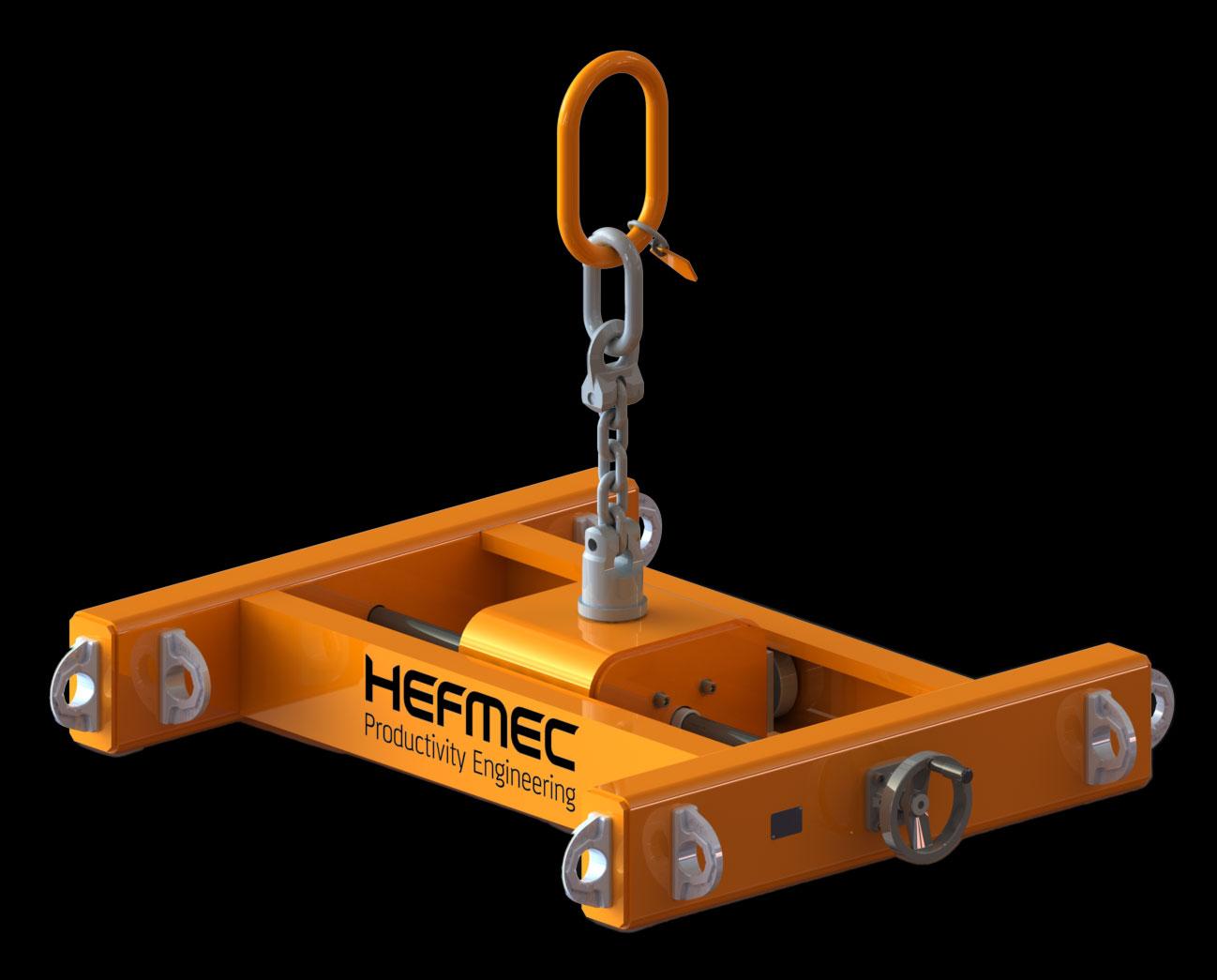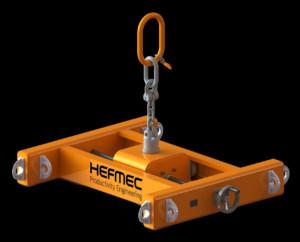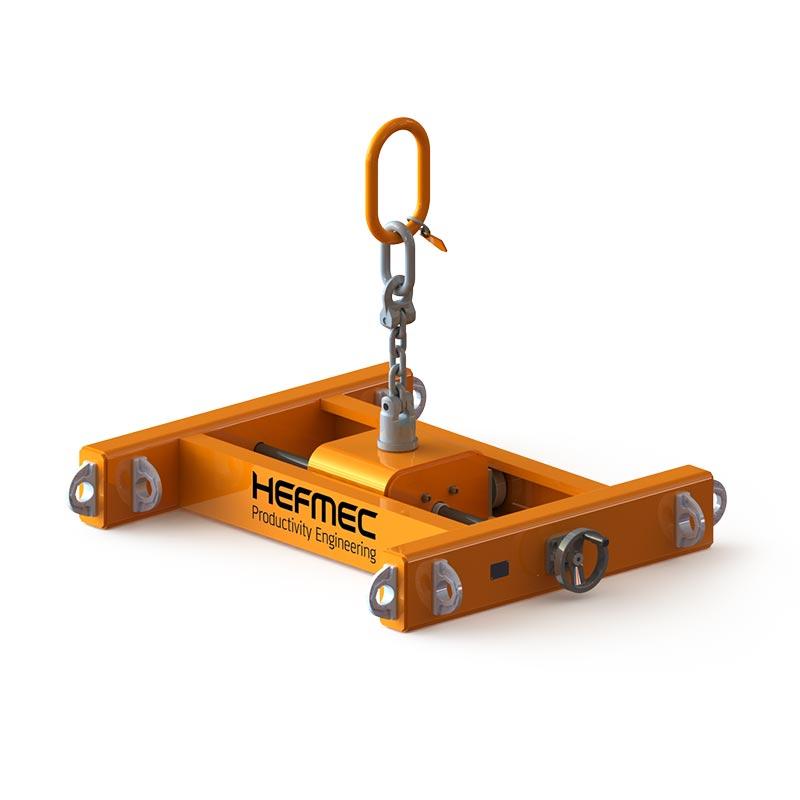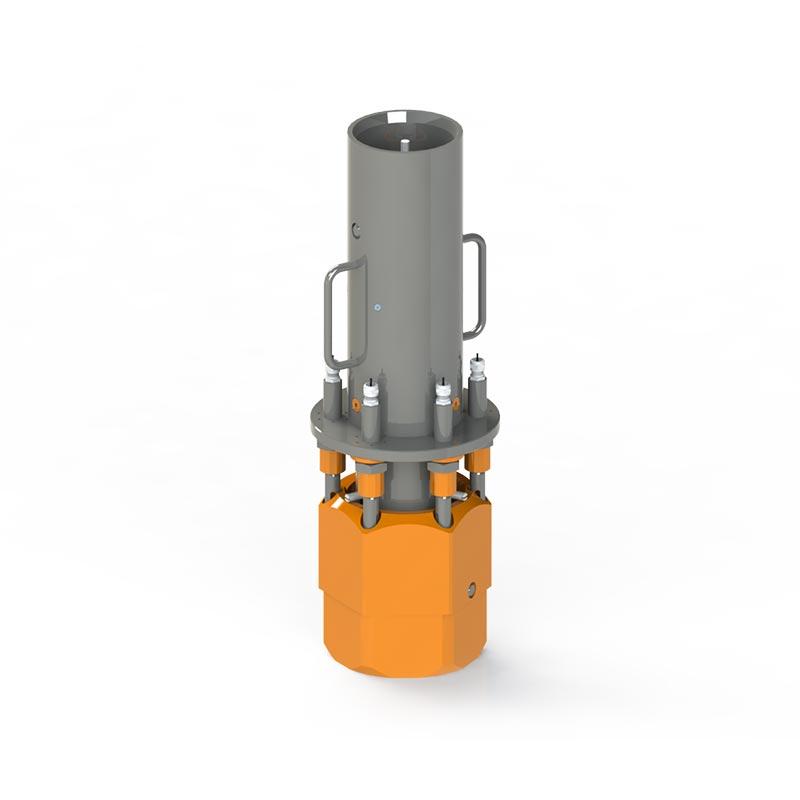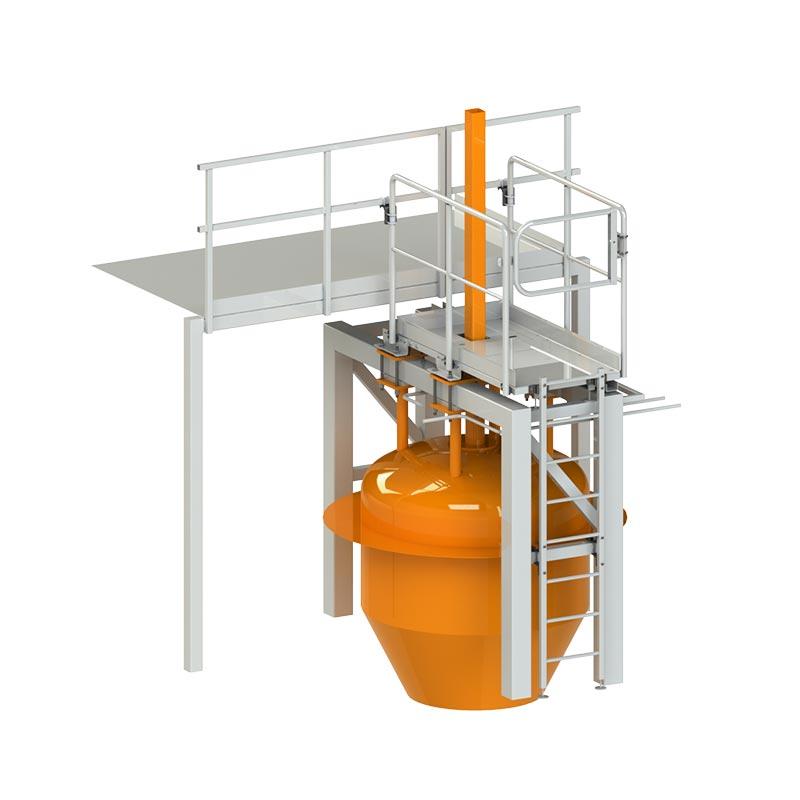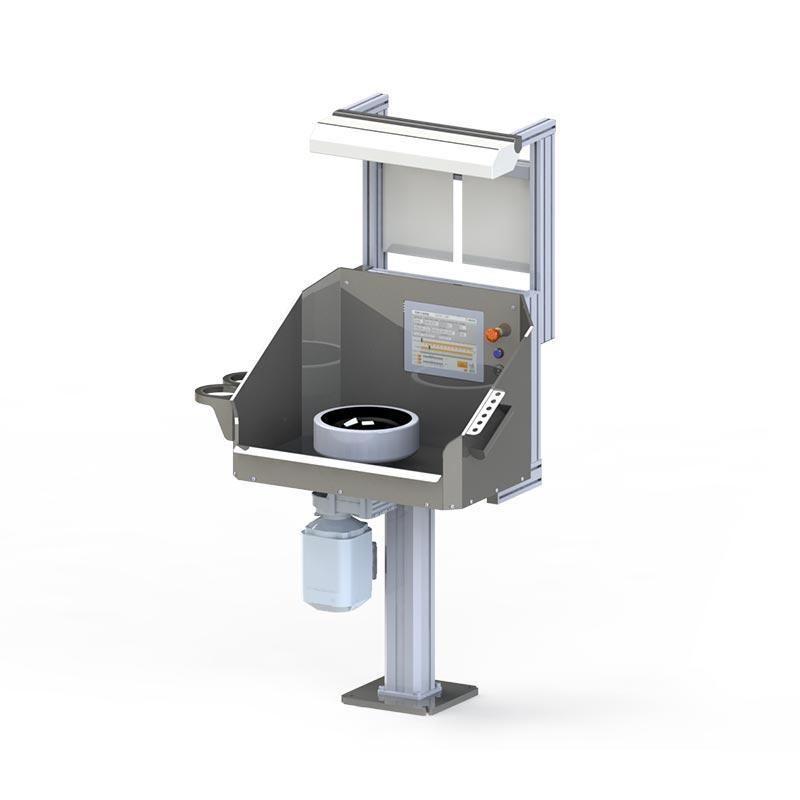The most common lifting equipment used in industrial production includes cranes, grabs, lifting beams, lifting magnets and special cranes. These lifting aids in production are essential for material handling, ensuring safety at work and improving production efficiency. The choice of the right lifting accessory depends on the weight of the load, its shape, the lifting height and the operating environment.
Why are lifting accessories critical to production efficiency?
Lifting equipment is the backbone of production, allowing heavy and awkwardly shaped items to be moved safely. Without proper industrial lifting equipment, production processes would be significantly slowed down and occupational safety risks would increase considerably.
The importance of lifting equipment is particularly emphasised in modern production, where increasingly large and complex pieces are handled. Well-designed lifting solutions reduce manual work, speed up material flows and minimise bottlenecks in production. At the same time, they protect workers from stress injuries and accidents.
From a productivity perspective, correctly selected lifting equipment reduces processing times and allows larger batches to be handled at once. In demanding production environments, customised lifting solutions can improve throughput times by up to tens of percent compared to standard solutions.
What are the most common lifting accessories in industrial production?
Industrial production uses a wide range of lifting accessories for different purposes. The most common lifting tools can be divided into five main categories: cranes, grabs, lifting beams, lifting magnets and special lifting equipment.
Cranes are the most versatile lifting equipment, widely used in various industries. Bridge cranes are suitable for material handling in large halls, while jib cranes offer flexibility in smaller spaces. Overhead travelling cranes, on the other hand, are ideal for heavy lifting outdoors.
Grabs are specialised lifting aids designed to handle objects of a specific shape. Plate grabs are suitable for lifting steel plates, tube grabs for handling cylindrical pieces and profile grabs for handling various steel profiles.
Lifting beams are essential for lifting long and asymmetrical loads. OptiBeam adjustable lifting beams allow quick adjustment of lifting points without tools, making them extremely versatile. Fixed lifting beams such as FixedBeam are suitable for repetitive lifting operations involving the handling of pieces of the same size.
Lifting magnets are effective in processing ferromagnetic materials. Electromagnets offer adjustable lifting power, while permanent magnets operate without electricity and are particularly suitable for safety-critical applications.
| Type of lifting accessory | Typical applications | Lifting capacity |
|---|---|---|
| Overhead cranes | Material handling in production halls | 1-500 tonnes |
| Lifting beams | Long pieces, elements | 1-200 tonnes |
| Stickers | Sheets, tubes, profiles | 0,5-50 tonnes |
| Lifting magnets | Steel plates, scrap handling | 0,1-100 tonnes |
| Special lifts | Tailor-made applications | Ad hoc |
How do I choose the right lifting equipment for my production needs?
Choosing the right lifting equipment starts with identifying the characteristics of the load to be lifted. Key factors include the weight, shape, centre of gravity and surface material of the load. In addition, the requirements of the lifting environment such as lifting height, available space and environmental conditions must be taken into account.
The weight of the load determines the minimum capacity of the lifting accessory. A sufficient safety factor is always required for lifting safety, so the nominal capacity of the lifting accessory must exceed the maximum load by at least the factor required by the regulations. For asymmetrical loads, particular attention must be paid to the position of the centre of gravity.
The shape of the load influences the choice of lifting method. Long objects often require a lifting beam to avoid bending of the load. Flat objects can be lifted with labels or magnets. Specially shaped objects may require a tailor-made lifting aid.
The lifting environment has its own requirements. Compact solutions are needed in confined spaces, while outdoor spaces require weatherproof solutions. Explosive atmospheres require non-sparking lifting accessories.
Consultation with a lifting solutions expert will ensure the optimal choice. The tailored design process takes into account all the specificities of production and future needs, resulting in a cost-effective and safe solution.
What are the safety requirements for lifting accessories?
Strict legal requirements for lifting equipment ensure safety at work. All lifting accessories must carry the CE marking, which indicates that the product meets the requirements of the EU Machinery Directive. In addition, lifting accessories must be subject to commissioning and periodic inspections.
The Machinery Directive 2006/42/EC defines the basic requirements for the design and manufacture of lifting accessories. The manufacturer must prepare a technical file containing a risk assessment, design calculations and test reports. The instructions for use must be clear and comprehensive.
The commissioning inspection ensures the safety of the lifting accessory before its first use. The inspection verifies structural integrity, markings and documentation. Periodic inspections are carried out at least once a year, more often for heavy-duty applications.
Lifting equipment operators must have adequate training and familiarisation. Daily visual inspections are the responsibility of the operator. Damaged or suspect lifting accessories must not be used.
A lifetime warranty and manufacturer’s liability bring additional security to lifting solutions. Comprehensive maintenance services ensure the functionality and safety of lifting equipment throughout its lifetime.
Key lessons in the selection and use of lifting aids
A holistic approach is the key to purchasing lifting equipment. The purchase price alone must not be the deciding factor, but the whole life cycle costs, safety and productivity effects must be taken into account. The right choice of lifting equipment pays off in terms of improved efficiency and reduced safety risks.
Tailor-made lifting solutions offer significant advantages over standard products. By designing a lifting accessory for the specific application, optimum functionality and safety is achieved. At the same time, oversizing and unnecessary features are avoided.
The ability to react quickly to changes in lifting needs is critical for continuity of production. Agile working methods allow us to deliver lifting solutions in days where traditional suppliers are talking about months. This flexibility is particularly valuable for urgent projects and when solving production bottlenecks.
Lifting technology is constantly evolving, and new innovations are bringing more opportunities for more efficient production. Intelligent lifting equipment integrates with production control systems and provides real-time data on usage and maintenance needs. Investing in modern lifting technology is an investment in future competitiveness.
Working with an experienced supplier of lifting solutions ensures the best results. An expert partner can identify the specific needs of your production and propose innovative solutions that you might not have thought of yourself. A lifetime guarantee and comprehensive support ensure a long-term return on investment.

